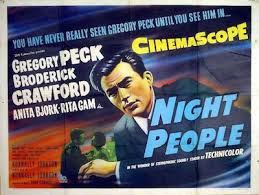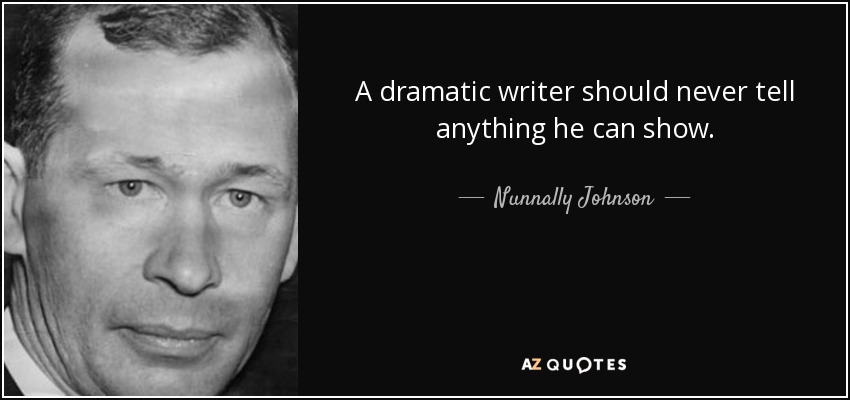A very cold Cold War film noir set in the Berlin of 1953, just after the Korean War. Everyone is on edge. The military presence — USA, Great Britain, Soviet Union, and France — in Berlin is considerable. Is there going to be a European encore for the Korean War there in Berlin?

Gregory Peck is in US counter-intelligence, trying to extract a Soviet defector when he is lumbered with the kidnapping of an American soldier, a private, with a very influential and noisy father, played to a T by Broderick Crawford. It is taken as obvious that the Soviets have nabbed the son, but why?
Crawford flies to Berlin to show the paper-pushing bureaucrats how to get results in the real world! This he tells to newsmen whose circumspect replies tip off viewers to what will follow.
In this Berlin human beings are trafficked in all kinds of ways and this incident is another example of that. Nothing happens by chance. Everything connects, somehow, but how?
Crawford discovers a world where insistent bluster and big bucks do not matter one whit. No one wants his money and his bellows fall on deaf ears. Peck gives him a marvelous dressing down but Peter van Eyck does even better in an earlier and lower key scene in breaking the news that his big money and many friends mean nothing in this time and place.
Before he became Jed Clampett, Buddy Ebsen is a perfect chorus to Peck who is effortlessly glamorous and briskly decisive, while Ebsen is an ‘ah shucks a good ole boy,’ but one who knows how to get things done even in this dark and menacing place.

Much of the screen play is cryptic by today’s standards. It takes awhile to realise that the extraction is afoot, and the importance of that briefcase Peck constantly carries around slowly dawns. He carries it around, I inferred, because in it he has the most top secret confidential documents that he does not trust, even to a safe at HQ. It is always in his hand or always in his sight. Almost.
Since he is there, Peck insists that Crawford witness the proceedings. He does and it is an eye-opener for him, and a growth experience, though Crawford’s change of heart is a little too quick but the clock ticks relentlessly in this film, and if the final result is just a little too easy, it does wrap everything up with a mighty twist.
There is a lot of talk and virtually no action. In Hollywood terms that makes it cerebral and it would probably not be made today in this way. Most of it occurs in offices or rooms, with one scene in a bar and another at the loading dock of a hospital. One punch is thrown when Peck strikes a woman!
Nunnally Johnson (1897-1977) wrote the screenplay and it is a corker for its overall plot, its humanity, and dialogue.
 If only…..
If only…..
Among his many other credits are ‘Grapes of Wrath’ (1939), ‘Tobacco Road’ (1941), ’The Moon is Down’ (1943), ‘How to Marry a Millionaire’ (1953), and ‘The Man in the Gray Flannel Suit’ (1956). The themes in these films include that depression, corruption, oppression, anti-semitism, and racism, and then there is the delightful comedy of ‘How to Marry a Millionaire.’
The military parade at the beginning does drag on but to original audiences in 1954 it would have been reassuring, and it segues nicely into the plot. Original audiences would also have seen that both Peck and Ebsen wear uniforms with shoulder patches indicating combat service in World War II and both uniforms sport impressive ribbons betokening Silver and Bronze Stars. They have been in the shooting war.
I watched it on a DVD acquired from Amazon.
Skip to content
